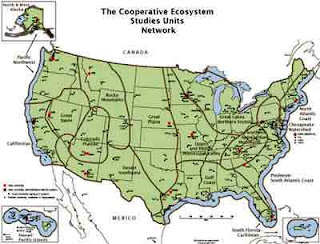
Manuel Hastings remembers his childhood in New Mexico where his parents homesteaded in 1929.
“Someone had given us a dog. It was reddish brown with white legs and stomach with a brown and white tail . . . Since we got him as a pup, that name stuck with him as long as we had him. He was referred to as “Old Pup.” I dearly loved this dog and everywhere I went, he would go with me whether I walked or was riding a horse. He would be with me and continually stayed within a few yards of me while hunting. He would often tree a porcupine. At first he would bite at them and get quills in his mouth. We would have to pull them out with pliers. It would hurt so badly, he would almost want to bite at us. But he knew it had to de done.”
Links
Wind Cave National Park--Porcupine - Erethizon dorsatum



